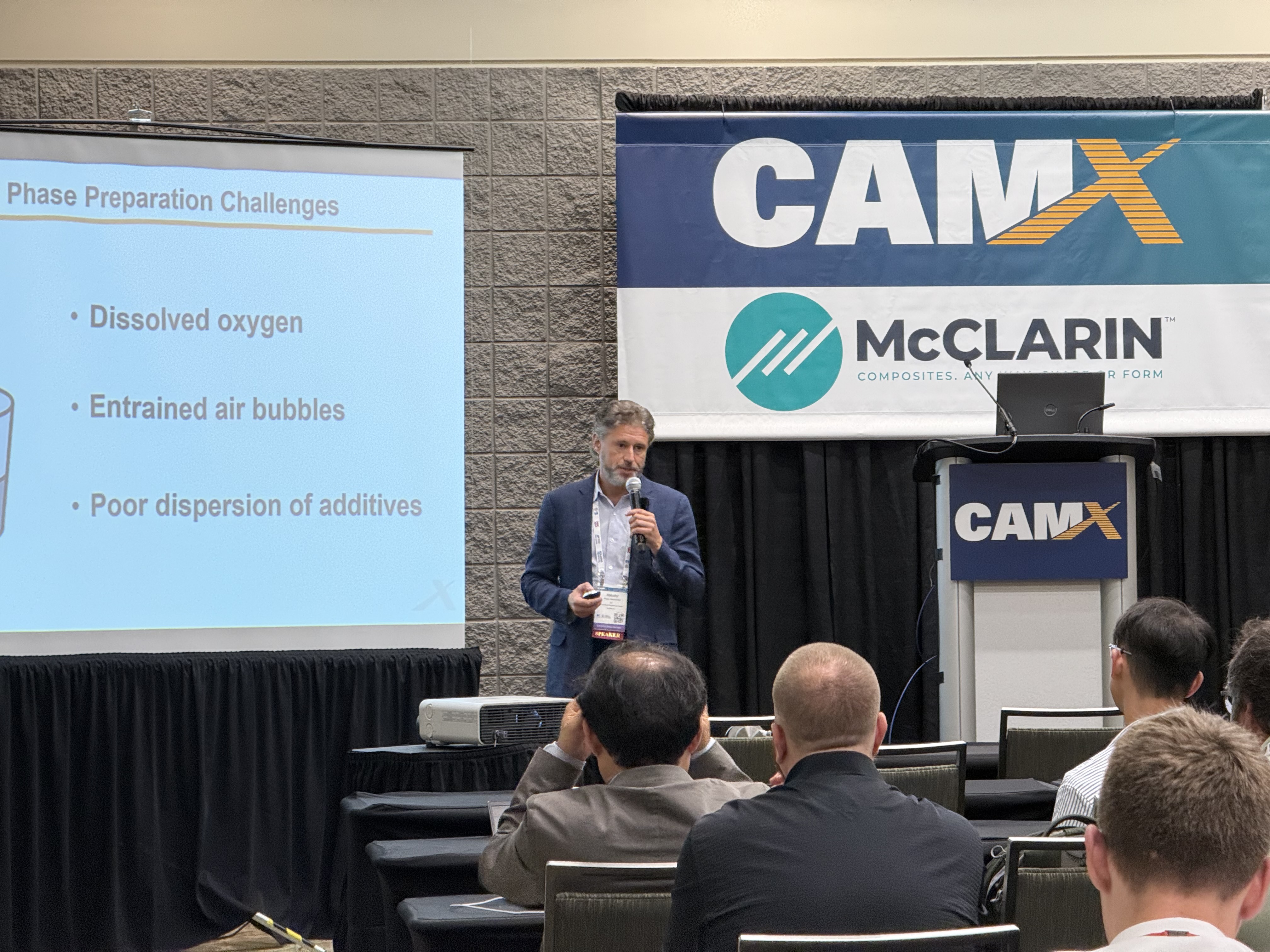Wine is highly susceptible to oxygen exposure, which can dramatically affect its quality and longevity. The presence of dissolved oxygen can initiate oxidation, altering the wine's sensory characteristics and diminishing its overall value. As a result, the ability to reduce oxygen levels in wine has become a critical focus for winemakers and researchers alike.
In this blog post we will dive into this age-old problem and discuss how Industrial Sonomechanics' (ISM) cutting-edge ultrasonic degassing technology can be used as an innovative solution while setting new standards for wine preservation.
The Problem: Dissolved Oxygen-Induced Oxidation in Wine
Dissolved oxygen is both a friend and a foe in winemaking. While small amounts of oxygen can be beneficial during certain stages of the winemaking process, such as micro-oxygenation to soften tannins, excessive exposure during storage, aging, or bottling can lead to unwanted oxidation. Oxidation can cause the wine to lose its vibrant color, develop off-flavors, and otherwise deteriorate in quality. White wines are particularly sensitive to oxygen, but red wines are not immune, as oxidation can cause the loss of fruity aromas and the development of stale or sherry-like notes [1, 2].
The challenge for winemakers is to manage oxygen exposure throughout the entire winemaking process, from fermentation to the final bottling. Even small amounts of oxygen can compromise the wine's integrity, leading to significant economic losses and a negative impact on brand reputation.
.jpg?width=1994&height=332&name=Logo%20Sonomechanics%20White%20No%20Shadow%20R_Final%20(1).jpg)



